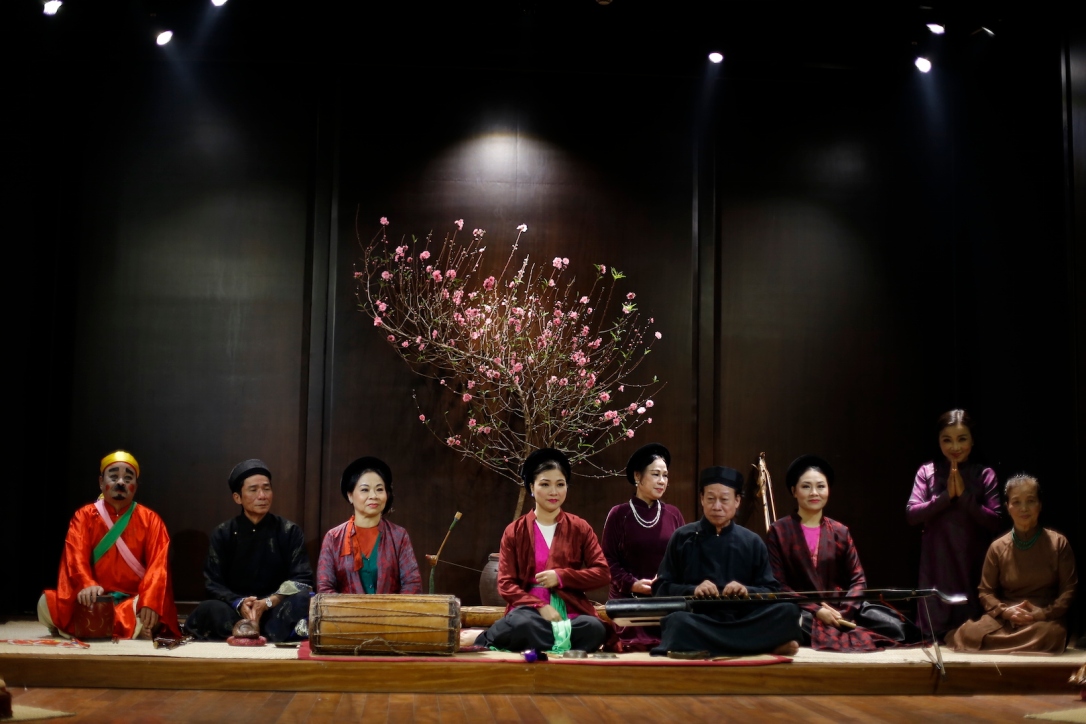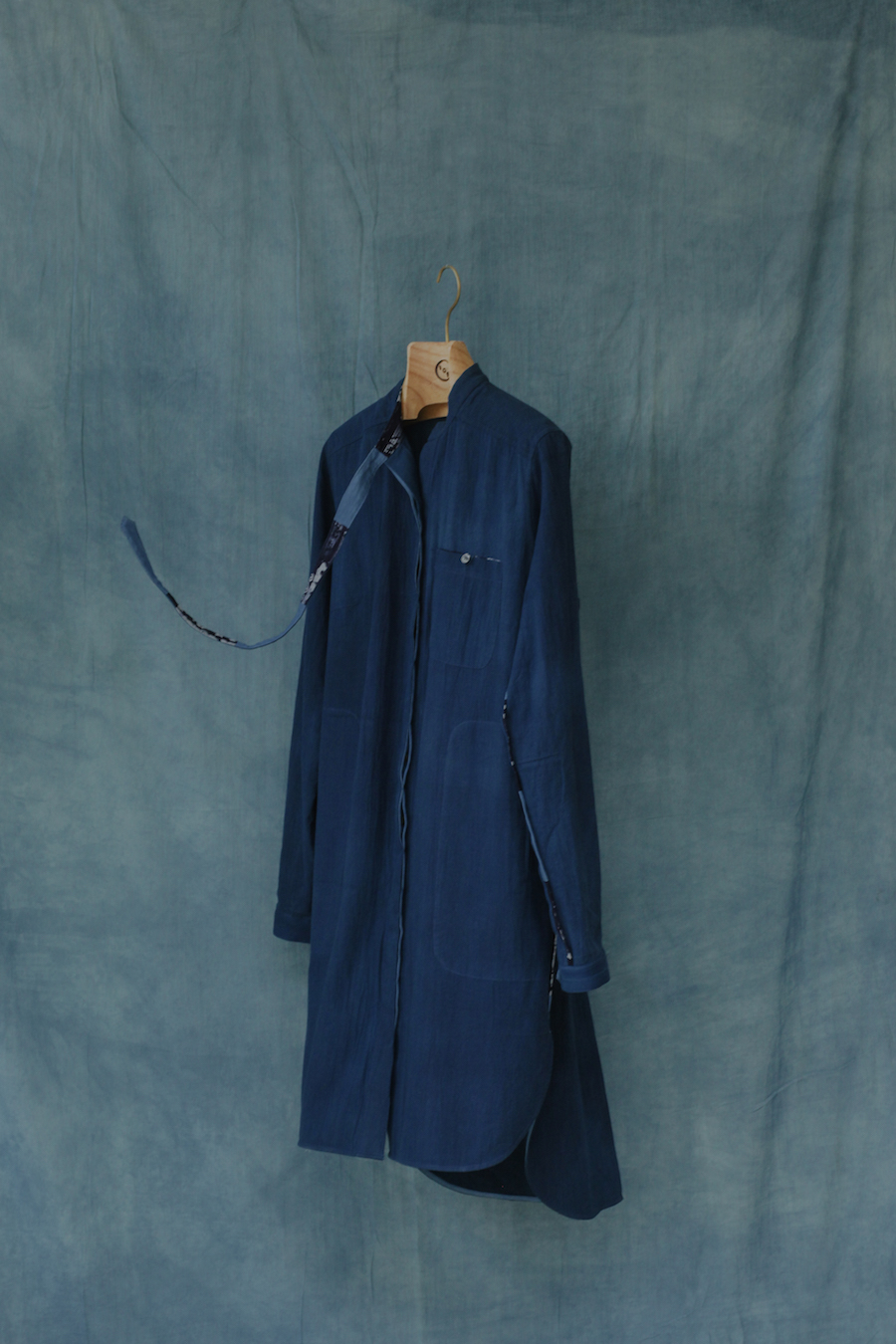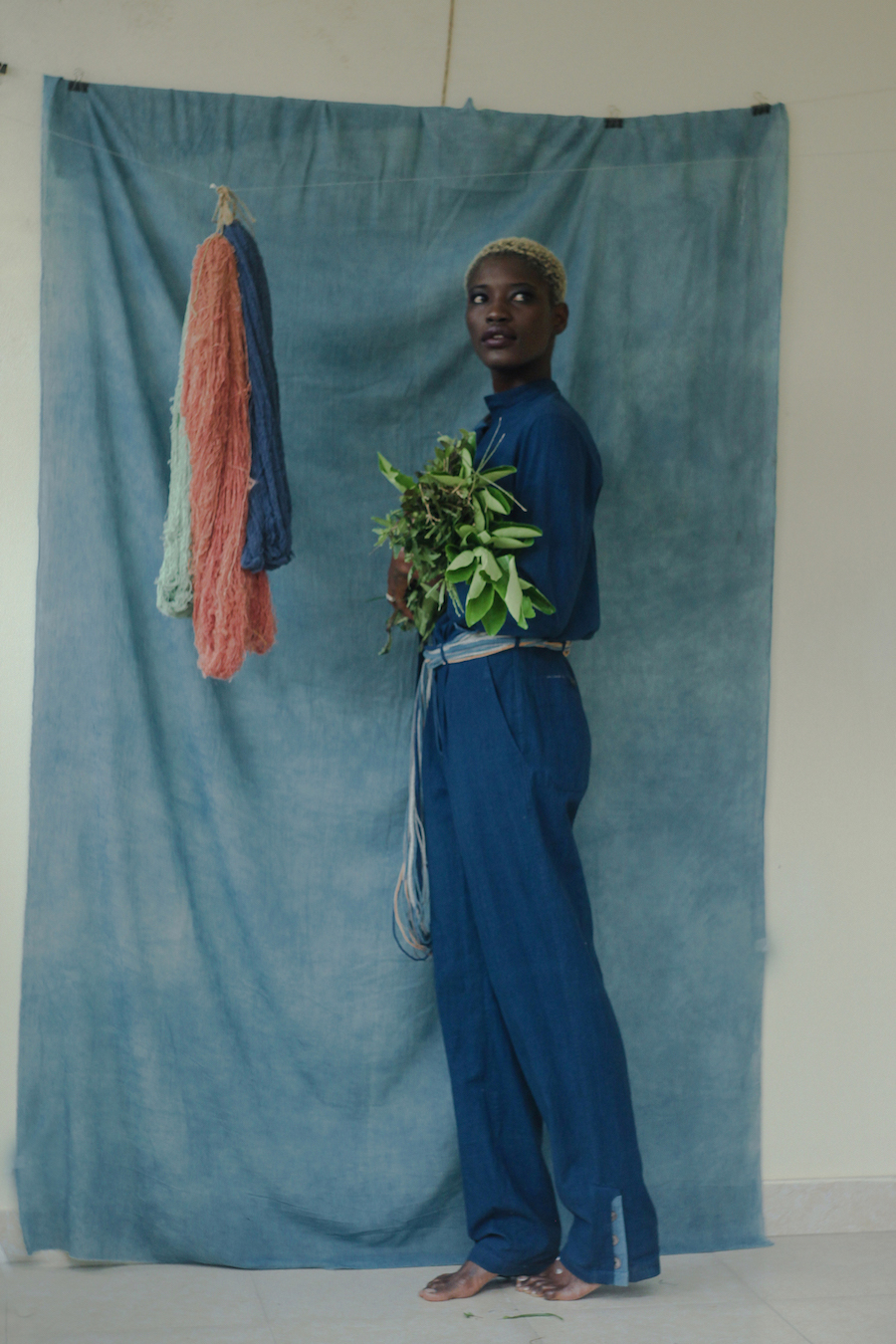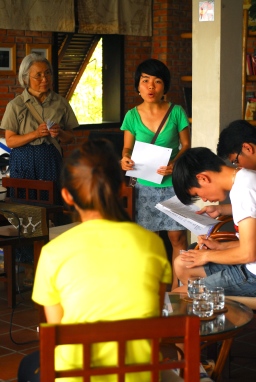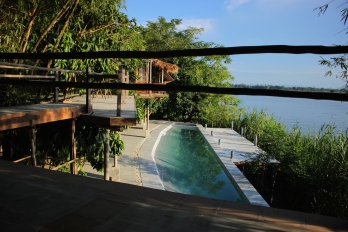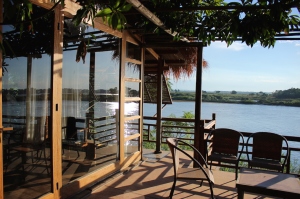A review of Réhahn’s photo book Vietnam-Mosaic of Contrast Vol II
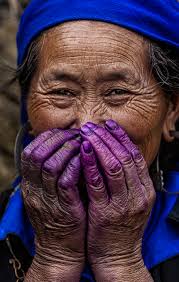 An elderly woman from H’Mong ethnic minority hides a bashful smile behind her hands coloured with indigo through years of dyeing traditional clothes.
An elderly woman from H’Mong ethnic minority hides a bashful smile behind her hands coloured with indigo through years of dyeing traditional clothes.
The majesty of the scenery in Ha Giang: Terraced rice paddies, primeval forests, cloud-covered paths, striking mountains.
Stunning daily life moments in Hoi An: splendid skies, brisk sunrises, romantic sunset, the contours of its river.
Those are some snapshots in Réhahn’s latest photo book Vietnam-Mosaic of Contrast, a much-expected sequent to his previously successful one. Originally from Normandy, Réhahn had a different hectic life in France before he made his biggest move to pack and relocate to the ancient town of Hoi An and started making professional photography his new career. Since then, he has taken numerous trips to some of Vietnam’s most far-flung corners, fascinated with the natural beauty and captivated by the heart-warming hospitality of local people.
With a compilation of 150 outstanding photos taken in 2014-2015, Réhahn presents in this book the best of Vietnam: its people, landscapes, seasons, mountains, towns and countryside. And smiles. There are lots of happy faces in his book: from the cheeky grin of the little Co Tu girl, the beaming delight of a Red Dao lady to the cheerful eyes of a Prao grandfather.
The book consists of four themes selected to introduce the contemporary Vietnam in all of its mosaic colours. The opening one brings you back to the wonderland of young children often full of laughter and curiosity. Childhood shown in Réhahn’s photography is like a firework, an explosion opening up your imagination. Once upon a time, there was this little happy girl who lived in a little village by the mountain. A huge elephant was her good friend and the biggest banana leave was taken as her shelter from the rain. The story would go on and on…

The next chapter portrays the elderly who are seen synonymous with wisdom, tenderness, and sympathy. Dozens years of hard working have earned these old souls their graceful wrinkles yet cant not take away the joie de vivre. You can tell a lot by gazing deeply into their eyes: the explosive joy is paralleled with the myths; a witty face is next to a thoughtful sight. The finest of Réhahn’s techniques is affirmed in these rustic portraits. Yet it would be a mistake if we don’t mention those stunning hands on which time has drawn its lines and the sun, wind and rain has tanned its warm colours.
Robert Capa once said, “If your pictures aren’t good enough, you’re not close enough.” Except some landscape shots which require tele-lenses, Réhahn has followed exactly in Capa’s footstep. As a portraitist, he always tries to get physically closer, to become more involved and intimate with his subjects. Sometimes, he spent up to three hours getting to know his models, talking to them before shooting the photos in their most natural, unguarded moments. There are not many captions accompanying each frame; yet pictures of childhood and elderly in the first two parts of this book invites us to visit local people in their familiar setting, to look for the essential soul peeking out, the experience etched on a person’s face, and to interpret stories in our own ways.

Lifestyle is the focus of the third part collecting flashes in daily life of ordinary people. Never a boring movement, life breathes profoundly through each image. Here you see a Co Tu old lady weaving brocade using her body as the loom. Turning to the next page and you would find a farmer planting rice seedlings with mud still dripping from her hands. Next, there would be a group of Cham ladies who walked through majestic sand dunes with pottery jugs carried above their heads, looked as mysterious as they were performing a ritual. Characters in Réhahn’s works never spend a dull moment; they dance beautifully in a rhythm of life.
Also in this part of the book, it is easy to feel the love Réhahn has for Hoi An, his home away from home. Hoi An shines in his shots as the magical yellow city: a street vender walking in the beaming afternoon sun, a farmer in her aromatic herbs garden in Tra Que, the flowing of the timeless Thu Bon river, a gorgeous young lady in her iconic pure white Ao Dai outfit seen on the pretty Nguyen Thai Hoc street.
The book closes with its last part – landscape. Vietnamese nature through Réhahn’s lenses are sweet yet epic. He compliments the glory of mountains, the tender of water, the grace of light, the figure of a lonely tree, the romance of a fading afternoon, the enchantment of sunrises. Getting to these final pages and for a moment, time stops and you are taken to a far away land with promising adventures await. The country reveals its unique charms and opens its invitation for further exploration.
More than a stock of images, Vietnam-Mosaic of Contrast acts as a portal into the lives of Vietnamese people the photographer has met and the distant lands they inhabit. To complete this book, Réhahn has travelled to 35 destinations all over the country, engaging with communities of various different ethnic minorities, recording their unique ways of life. He proved his artistic sense to always be curious and amused with what he saw along the way, the ability to merge seamlessly with a different culture and document the human experience with astute eyes.
Travel as far as the eyes and heart can see. These beautiful shots by Réhahn are a testimony to that. It is a photo diary from the wonderland; and above all, it is the work done with lots of love.
Now the chance to put this weighty book on the coffee table and admire each photo with a cup of tea is yours!
Photos: Réhahn Photography
